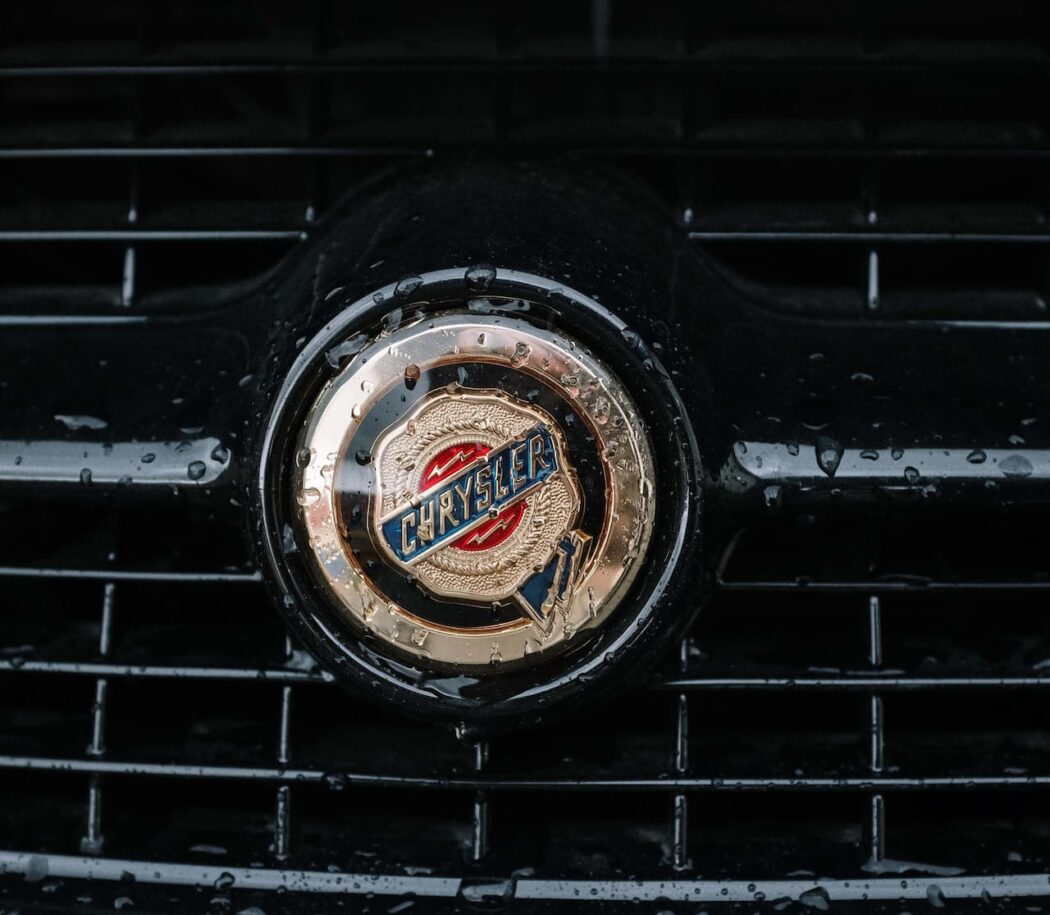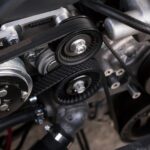HEMI is Chrysler’s name for the engine of its proprietary design, the combustion chamber of which has a hemispherical shape. Over the past half century, this acronym has become a sort of business card of Chrysler, and just a single mention of it immediately evokes associations with the powerful American muscle cars.
The use of a hemispherical combustion chamber allows increasing the engine’s power, since the fuel mixture burns off more completely. In addition, these engines have significantly lower noise and vibration levels.
The HEMI engine also has some obvious drawbacks. First of all, they include high production costs (due to a more complex design), low reliability, relatively high weight (HEMI weighs on average 25% more than a conventional engine), high toxicity and a fairly high (despite everything) fuel consumption. The last two disadvantages explain why engines with hemispherical combustion chambers are not widely used in cars today.
History
The history of the HEMI engine has, surprisingly enough, aviation roots. The first engine with hemispherical combustion chambers was created by Chrysler back in 1940, when the company decided to draw attention of the military to its own products. The question is about the little-known Chrysler IV-2220 – the engine, intended for use in military aviation. Actually, the shape of combustion chamber was not the only distinguishing feature of this engine – it had also 16 cylinders, inverted V-shape layout, and a monster power of 2500 hp!
But what’s even more surprising is that, despite actively promoting the HEMI brand around the world as an in-house design, it wasn’t Chrysler that invented HEMI at all. Nor was it the first to use it under the hoods of cars. Years earlier, European Peugeot and Alfa Romeo were already using similar engines. In the 40’s engines with hemispherical combustion chambers could be found on racing Jaguars, for over 30 years (1963 – 1999) such a design was used by Porsche. Similar solutions in their engines were used by BMW, Toyota, Ford, Aston Martin…
And yet, today, HEMI is associated with Chrysler. Americans, like no other, paid special attention to this engine and they were able to achieve the most impressive results. The first HEMI appeared on Chryslers back in 1951, it was the famous eight-cylinder HEMI 331 Firepower. This engine had brought the company many resounding victories and made Chrysler cars one of the most powerful and fastest on the planet.
Already the first appearance of HEMI at racetracks shocked competitors: in the race Daytona 500 of the 1964 season, Chryslers and Plymouths equipped with HEMI engines won three victories in a row. Subsequently, Chrysler rubber-stamped one victory after another, and in this year’s season the HEMI engines were unbeatable on the racetrack. The company cars were winning more and more victories and it seemed nobody could stop them. But in 1965 NASCAR even forbade the use of HEMI engines in their race cars, as these endless victories looked suspicious.
Of course, along with the racing HEMI were produced civilian versions, the so-called “Street HEMI”. While the sport version of the engine had one four-chamber carburetor and aluminum cylinder heads, the simpler road version had two carburetors, cast-iron cylinder heads, and had a lower compression ratio. The engine itself could be combined with both manual and automatic transmissions. Installing a HEMI under the hood was quite expensive and cost about $1,000.
Development
1966 was another round of development: the new HEMI 426 was introduced. The engine of this series was installed in the legendary Dodge Challenger, among others. The engine had a displacement of 7 liters (the number 426 denoted engine volume in cubic inches) and 425 horsepower. The angle between intake and exhaust valves was 58 degrees. Such monster could accelerate up to 100 km/h in 5-6 seconds (depending on model), but its appetite was adequate to its characteristics – 30-40l/100km.
It is unknown how the muscle car build-up would have ended, if not for the oil crisis in the early 70’s. Due to high fuel prices, sales of large and powerful cars dropped sharply and HEMI engines were out of demand. The last 115 “pre-crisis” HEMI engines were sold out in 1971, and then the option simply disappeared from Chrysler’s company brochures. The evolution of the HEMI temporarily paused, only to resume with renewed vigor in the 2000s. Read here about common issues of HEMI engines.
Currently, there are three generations of HEMI engines: the first one includes HEMI Firepower (1951), the second – HEMI 426 (1964) and, finally, the third generation – modern HEMI under the hoods of Chrysler and Dodge.

HEMI Advantages
Thanks to MDS (Multi Displacement System) technology, modern HEMIs also boast a relatively moderate appetite. This system was developed during an alliance with Daimler, the meaning of its work is simple enough and boils down to a mechanical shutdown of “unnecessary” cylinders at a time when the car does not require maximum power. The system is used, among other things, on the 5.7 V8 HEMI engine under the hood of the Chrysler 300C and is programmed to work in two modes – maximum fuel economy and maximum efficiency. In the first, when the car is driven at a low speed, it shuts off four cylinders, significantly reducing fuel consumption. This disconnects the cylinders in the blink of an eye, taking only 40 milliseconds! Subsequently, when the engine speed is increased, the “extra” cylinders are turned on and the most efficient operation is achieved. In addition, the modern HEMI 5.7 V8 uses an ignition system of two spark plugs per cylinder. This also contributes to a more complete combustion of the fuel mixture, resulting in increased power and lower fuel consumption.
Interesting facts from the “biography” of the HEMI:
- The first engines with hemispherical cylinder heads appeared over 100 years ago
- The cost of a HEMI engine in the 1950s was a third of the cost of a car
- 1955. The Chrysler 300 HEMI is the first car with over 300 hp!
- HEMI engine mounted on the world’s most powerful lawnmower
- In 1991, a car with a HEMI set the all-time speed record in the Supercharged class, accelerating to 410 mph! ( 659kph).











